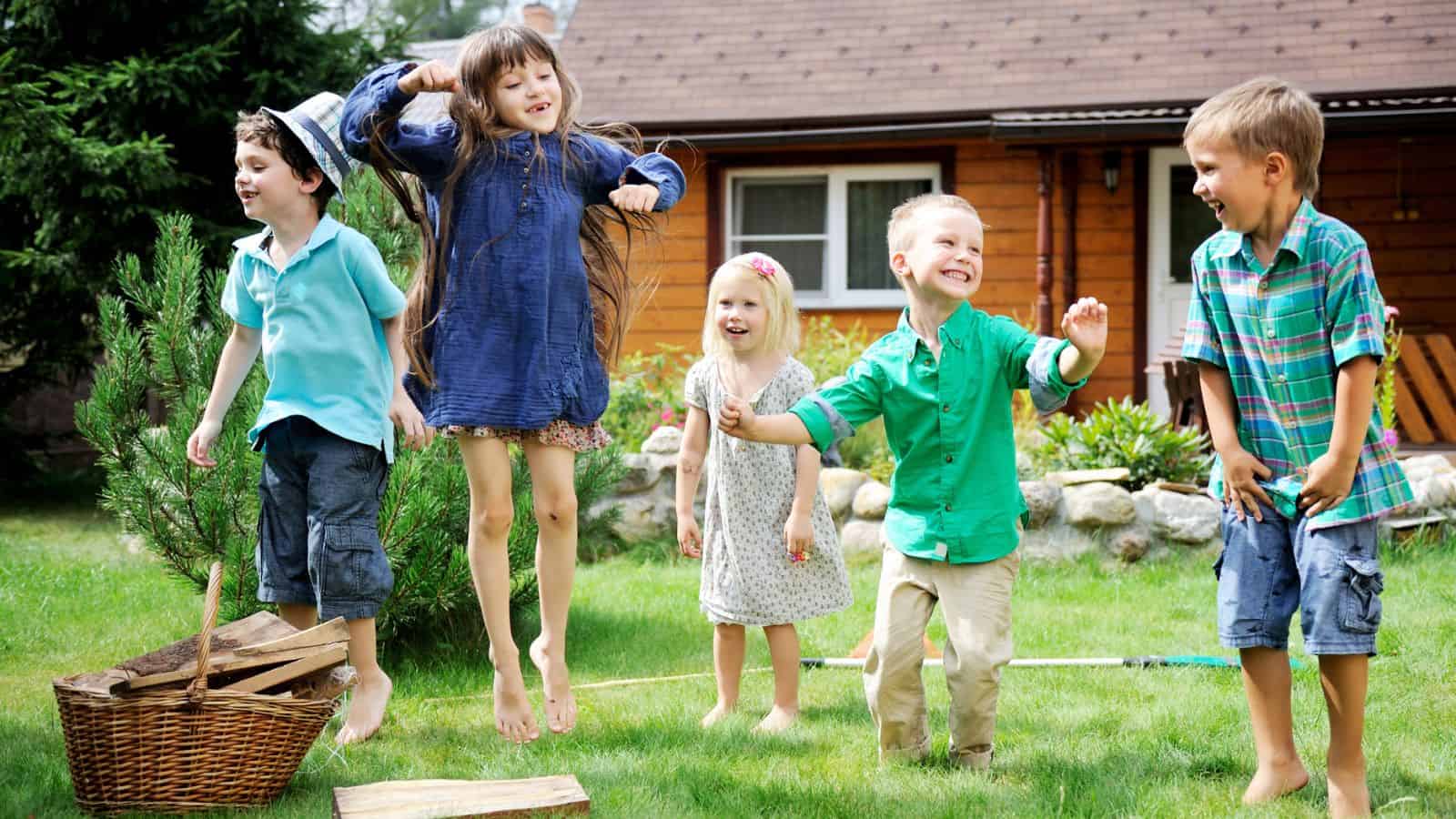Designing a garden that is safe and fun for kids can transform your outdoor space into a magical playground. A kid-friendly landscape combines safety, entertainment, and creativity, providing a place where children can explore and play. Here are seven tips to help you create the perfect kid-friendly landscape.

1. Prioritize Safety
When designing a kid-friendly garden, safety should be your top priority. Consider these safety measures:
- Avoid Toxic Plants: Ensure that your garden does not contain any toxic plants that could harm children. Research plants that are safe for kids and pets.
- Secure Boundaries: Install secure fences or hedges to keep kids safely within the garden area and prevent them from wandering off.
- Smooth Surfaces: Use soft, smooth surfaces for play areas. Grass, rubber mulch, and sand are great options to prevent injuries from falls.
2. Create Play Zones
Designate specific areas of your garden for different types of play. This helps keep the space organized and fun:
- Sandpits and Mud Kitchens: Encourage imaginative play with sandpits and mud kitchens.
- Swing Sets and Slides: Install sturdy, safe play equipment like swing sets and slides for active play.
3. Incorporate Educational Elements
Make your garden a learning environment:
- Gardening Plots: Create small gardening plots where kids can plant and tend to their own flowers or vegetables.
- Wildlife Areas: Include bird feeders, insect hotels, and butterfly gardens to teach kids about nature and wildlife.
4. Ensure Shade and Comfort
Provide areas where kids can rest and cool down:
- Shade Trees and Pergolas: Plant shade trees or install pergolas to create shaded areas.
- Comfortable Seating: Add benches or outdoor cushions for comfortable seating.
5. Use Durable Materials
Choose materials that can withstand rough play and the elements:
- Weather-Resistant Furniture: Opt for weather-resistant outdoor furniture.
- Sturdy Play Equipment: Select durable, high-quality play equipment.
6. Add Sensory Elements
Stimulate the senses with various garden features:
- Textured Paths: Use different materials like gravel, wood, and stone for pathways.
- Scented Plants: Plant fragrant flowers and herbs such as lavender and mint.
7. Keep Maintenance in Mind
Design with easy maintenance in mind to keep the garden enjoyable for both kids and parents:
- Low-Maintenance Plants: Choose hardy, low-maintenance plants that can withstand occasional rough handling.
- Automatic Irrigation: Consider installing an automatic irrigation system to ensure the garden stays lush without extra effort.
By following these tips, you can create a kid-friendly landscape that is safe, fun, and educational, providing a perfect outdoor space for your children to enjoy.
